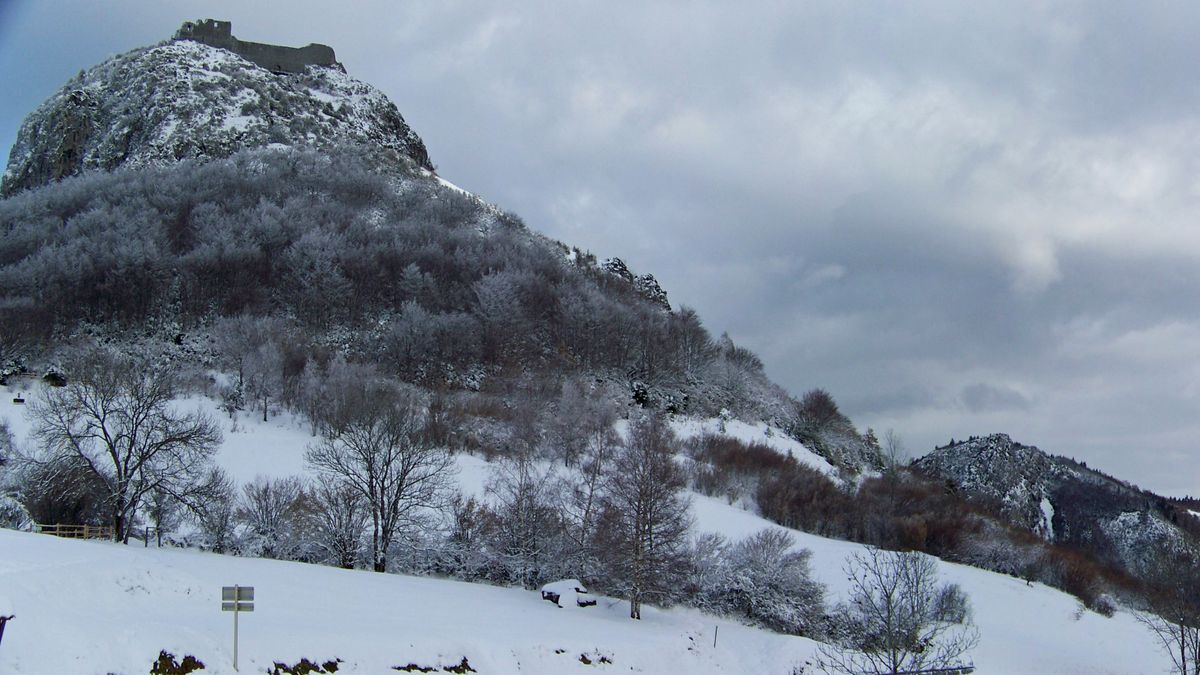About
On the morning of March 16th, 1244 over 200 Cathars, led by their bishop, Bertrand Marty, walked out of the Montségur fortified village and proceeded down the pog (from the Occitan “puòg” meaning promontory, hilltop) to a field where a huge bonfire was readied for them. All walked voluntarily into the flames, no stakes were required. Today a stone stele marks the spot where the sad scene is reputed to have taken place.
Although the ruins that can be seen today at the top of the pog are not those of the Cathar fortress, but of a 17th century French defensive castle (although it is said that its stones were taken from the rubble of the previous construction), the site nonetheless has a sort of mystical aura; one can’t help but feel a connection with those who lived and perished there.
The history of the Cathars runs deep all over southern France but Montségur holds a special place. The small fortress was a safe haven for the Cathars, and was considered the Church’s seat and head. Catharism was a Christian religious movement that thrived in the south of what is today France (and other places in southern Europe) in the 12th to the 14th centuries. Initially the Catholic Church attempted to end the movement using missionaries but the murder of papal legate Pierre de Castelnau in 1208 made Pope Innocent III choose a more coercive approach, instigating what was to become the Albigensian Crusade, a 20-year campaign against the Cathars. Although successful in bringing the county of Toulouse, whose count was perceived to be a supporter of the “heretics,” under the French crown, it did not succeed in eradicating Catharism. After the Crusade per se, an inquisition was called to bring an end to the movement. This culminated in the 10-month long siege of Montségur.
There is a persistent legend which talks of a mysterious and invaluable treasure being kept at Montségur and that, in the days prior to its surrender, it was taken away from the site by four Cathars in the last days of the occupation. What was that treasure? One theory suggests that it was the Holy Grail itself, as Montségur is believed to be the “Holy Grail castle” mentioned in Esschenback’s Parzival. Some consider that it was the grail which was taken from Montségur, brought to Rennes-Le-Chateau, and hidden there.
Grail site or no, there is assuredly something captivating about the small castle, making a worthwhile visit when in southwestern France. Getting to Montségur requires a drive along a winding road in the Pyrenees foothills ending with an incredible view of the castle. Then, a hike up to the castle from the stele along a steep trail, possibly used by the Cathars themselves to meet their faith, provides a sense of the harshness of life on a hilltop.
Related Tags
Know Before You Go
42°52'33.5"N 1°49'58.2"E
Community Contributors
Added By
Published
December 3, 2014


















































